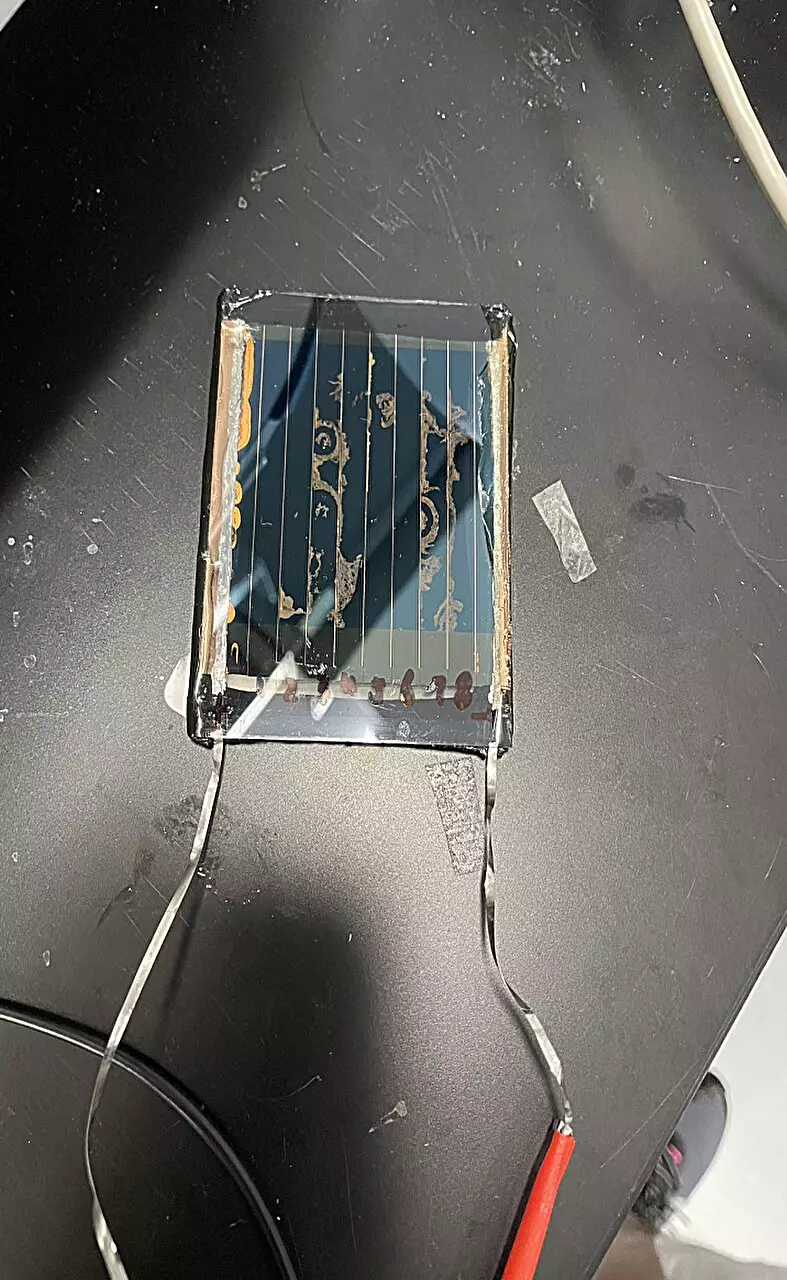Solar energy is a rapidly growing field, with researchers constantly seeking ways to improve the efficiency and stability of solar cells. One of the challenges faced by perovskite solar cells (PSCs) is the issue of reverse bias when a cell is shaded while others are not. This can lead to damage and instability in the cells, ultimately affecting their performance over time.
A recent study conducted by researchers at the University of North Carolina at Chapel Hill has introduced a new strategy to address the issue of reverse bias in PSCs. The findings of this study were published in Nature Energy and could have significant implications for the future deployment of perovskite-based photovoltaics in real-world settings.
The researchers focused on understanding the mechanisms that underpin the stability of PSCs under reverse bias conditions. They found that some PSCs exhibited greater stability than others when subjected to reverse bias, prompting them to investigate further. By applying various reverse bias values and changing the device stacks, the researchers were able to identify the degradation mechanism inside the devices.
The experiments conducted by the research team revealed a series of electrochemical reactions that were associated with the degradation of PSCs under reverse bias conditions. These reactions led to the generation of iodine, which in turn caused corrosion of the Cu electrode in the cells, ultimately leading to breakdown and degradation of the solar cells.
Inspired by their findings, the researchers developed a new device stacking of lithium fluoride/tin oxide/indium tin oxide to inhibit the iodine formation under reverse bias and prevent electrode corrosion. This new approach resulted in a significant improvement in the stability of the modified PSCs, with lifetimes lasting up to 1,000 hours under reverse bias of -1.6 V.
The insights gained from this research study could pave the way for the development of more stable perovskite-based PVs, which could ultimately contribute to their large-scale commercialization in the future. The researchers are now looking to conduct additional studies to further explore the upper limit of reverse bias stability for PSCs.
The innovative approach taken by the researchers at the University of North Carolina at Chapel Hill offers a promising solution to the issue of reverse bias in perovskite solar cells. By addressing the mechanisms that lead to degradation under reverse bias conditions, the researchers have made significant strides towards improving the stability and performance of PSCs. With further research and development, perovskite-based photovoltaics could soon become a key player in the renewable energy sector.


Leave a Reply
You must be logged in to post a comment.